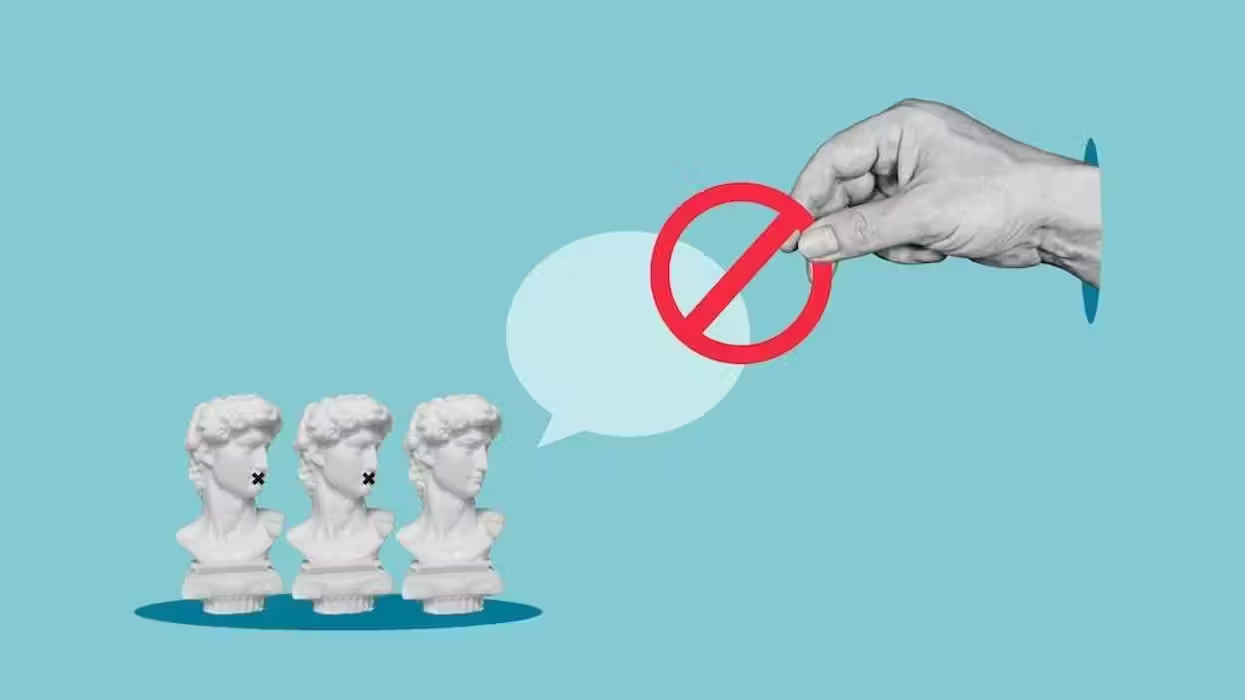
© 2026 Blaze Media LLC. All rights reserved.
This Is How Much Americans Apparently Love Monarchs…Butterflies, That Is
November 07, 2013
"This is the first nation-wide, published, economic valuation survey of the general public for an insect."
$6.64 billion. That's how much Americans said they would be willing to spend to save monarchs -- not royalty, but the butterflies.
Since 1999, monarch butterfly populations have been declining in Mexico and the United States. A survey of monarch wintering grounds in Mexico last year showed the lowest colony size on record, according to the U.S. Geological Survey.
 Americans surveyed said they would donate or make purchases to support a butterfly conservation program, amounting to between $4.78 billion and $6.64 billion. (Image source: Shutterstock)
Americans surveyed said they would donate or make purchases to support a butterfly conservation program, amounting to between $4.78 billion and $6.64 billion. (Image source: Shutterstock)
"While many factors may be affecting monarch numbers, breeding, migrating, and overwintering habitat loss are probably the main culprits," University of Minnesota monarch biologist Karen Oberhauser said in a statement. "In the U.S., the growing use of genetically-modified, herbicide-tolerant crops, such as corn and soybeans, has resulted in severe milkweed declines and thus loss of breeding habitat."
A survey of U.S. households conducted by USGS, University of Minnesota and Colorado State University, found Americans "valued monarchs," the authors wrote in the study published in the journal Conservation Letters.
Monetizing this value, the researchers found one-time donations from those wishing to back a conservation effort for the butterflies would amount to between $4.78 billion and $6.64 billion. This amount was similar to how much is used to help endangered vertebrate animals, according to the study.
The survey asked people how much they would donate or purchase in terms of monarch-friendly plants.
"This is the first nation-wide, published, economic valuation survey of the general public for an insect. The study indicates that economic values of monarch butterflies are potentially large enough to mobilize people for conservation planting and funding habitat conservation," John Loomis, the lead economist on the study from Colorado State University, said in a statement.
The protection effort for the migratory Danaus plexippus would be a complex undertaking, given that the butterflies cross international borders and live in various regions.
Oberhauser pointed out that do-it-yourself gardeners could be encouraged to purchase monarch-friendly plants that "contribute to the conservation of the species as well as maintain a flower garden." Some purchases could donate a portion of the proceeds to the conservation effort.
"Helping restore the monarch’s natural habitat, and potentially the species’ abundance, is something that people can do at home by planting milkweed and other nectar plants," Oberhauser added.
 A monarch butterfly larva on a milkweed plant. (Image source: Shutterstock)
A monarch butterfly larva on a milkweed plant. (Image source: Shutterstock)
Monarch larvae feed exclusively on milkweed plants. The plants are toxic to most vertebrate species. Eating the plant as larvae gives the butterflies some amount of toxicity and protection as adults.
Featured image via Shutterstock.
(H/T: Popular Science)
--
[related]
Want to leave a tip?
We answer to you. Help keep our content free of advertisers and big tech censorship by leaving a tip today.
Want to join the conversation?
Already a subscriber?
more stories
Sign up for the Blaze newsletter
By signing up, you agree to our Privacy Policy and Terms of Use, and agree to receive content that may sometimes include advertisements. You may opt out at any time.
Related Content
© 2026 Blaze Media LLC. All rights reserved.
Get the stories that matter most delivered directly to your inbox.
By signing up, you agree to our Privacy Policy and Terms of Use, and agree to receive content that may sometimes include advertisements. You may opt out at any time.






